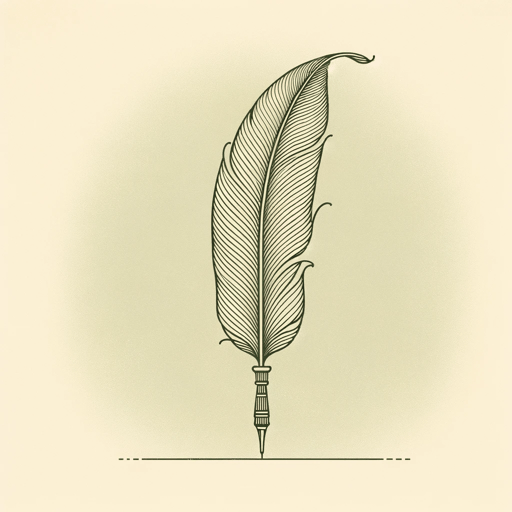39 pages • 1 hour read
James M. McphersonFor Cause and Comrades: Why Men Fought in the Civil War
Nonfiction | Book | Adult | Published in 1997A modern alternative to SparkNotes and CliffsNotes, SuperSummary offers high-quality Study Guides with detailed chapter summaries and analysis of major themes, characters, and more.
Symbols & Motifs
Flags
Much of the book discusses masculinity, honor, duty, and courage, all of which are symbolized by the flags each regiment carries: “The pride and honor of an individual soldier were bound up with the pride and honor of his regiment, his state, and the nation for which he fought, symbolized by the regimental and national flags” (82-83).
To carry the flag is an honor, even though color bearers die more quickly in battle: “The most meaningful symbols of regimental pride were the colors—the regimental and national flags, which bonded the men’s loyalty to unit, state, and nation” (84). Taking an enemy’s flag is not only a victory for the taker, but an insult to the loser—McPherson describes companies, at great personal risk and loss, attempting to get back a taken flag, or attempting to take an enemy’s.
Flags bond men together. They are a symbol of unity, of regiment, state, and nation. Fighting under the same flag helps bring about the primary group cohesion that McPherson describes in several chapters—when men fight together, they protect one another—so the flag becomes the symbol of this group cohesion. McPherson describes a battle in which the American flag appears above the smoke on the enemy works.
Related Titles
By James M. Mcpherson



